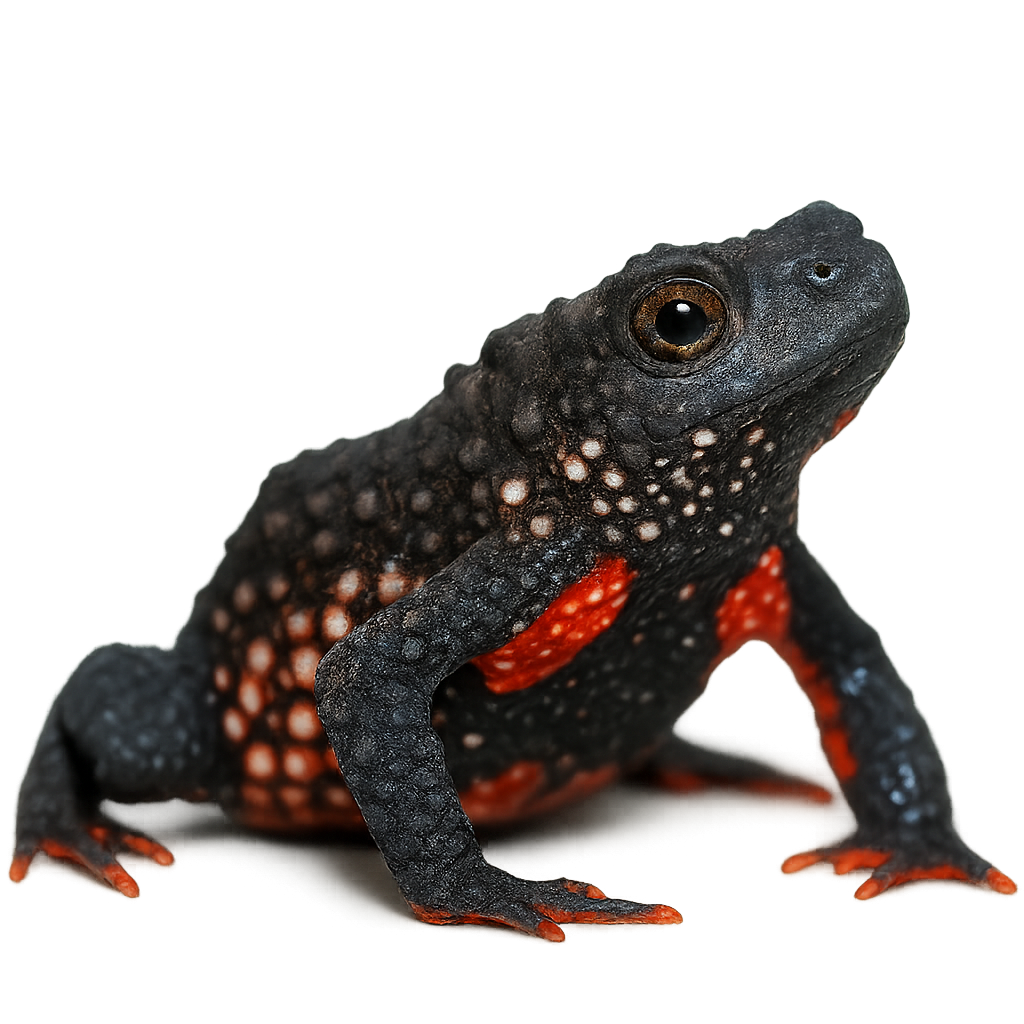Your wildlife photography guide.
Explore the maldonado redbelly toad in detail, study its behavior, prepare your shots.
Where to observe and photograph the maldonado redbelly toad in the wild
Learn where and when to spot the maldonado redbelly toad in the wild, how to identify the species based on distinctive features, and what natural environments it inhabits. The WildlifePhotographer app offers tailored photography tips that reflect the maldonado redbelly toad’s behavior, helping you capture better wildlife images. Explore the full species profile for key information including description, habitat, active periods, and approach techniques.
Maldonado Redbelly Toad
Scientific name: Melanophryniscus moreirae

IUCN Status: Near Threatened
Family: BUFONIDAE
Group: Amphibians
Sensitivity to human approach: Suspicious
Minimum approach distance: 2 m
Reproduction period: October to December
Incubation: 12–18 jours
Births: November to January
Habitat:
High-altitude grasslands, cloud forests
Activity period :
Primarily active during the day, with peak activity in the morning and late afternoon.
Identification and description:
The Melanophryniscus moreirae, or Maldonado Redbelly Toad, is a species of toad endemic to the mountainous regions of Brazil. This small amphibian, typically measuring between 2 and 3 cm, is notable for its rough skin and bright colors, often a mix of black, red, and yellow. These vivid colors serve as a warning signal to potential predators, as the Maldonado Redbelly Toad secretes potent skin toxins. It primarily inhabits high-altitude grasslands and cloud forests, where it feeds on insects and other small invertebrates. Although its habitat is limited, it plays a crucial role in the ecosystem by controlling insect populations.
Recommended lens:
Macro – adjust based on distance, desired framing (portrait or habitat), and approach conditions.
Photography tips:
To photograph the Maldonado Redbelly Toad, it is advisable to use a macro lens to capture the details of its textured skin and bright colors. Approach slowly and maintain a distance of about 2 meters to avoid disturbing it. Opt for times of the day when natural light is soft, such as in the morning or late afternoon, to avoid harsh shadows. A tripod can be helpful to stabilize your camera and achieve sharp images.
The WildlifePhotographer App is coming soon!
Be the first to explore the best nature spots, track rutting seasons, log your observations, and observe more wildlife.
Already 1 432 wildlife lovers subscribed worldwide

